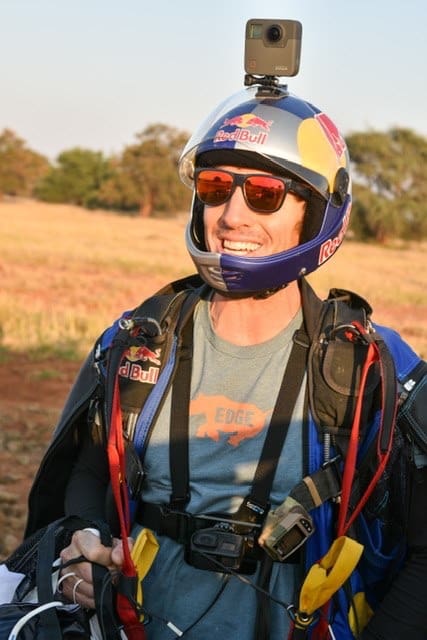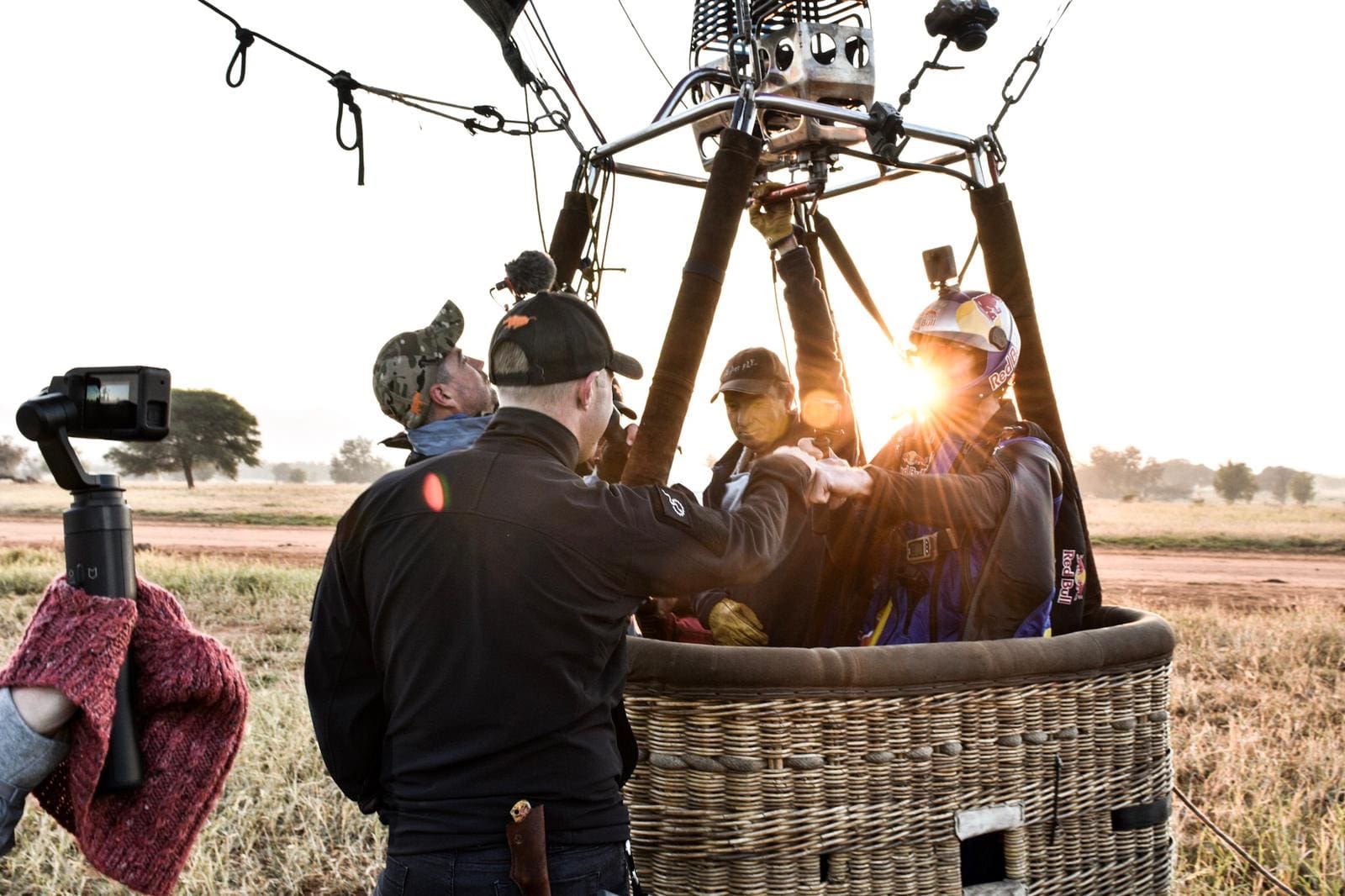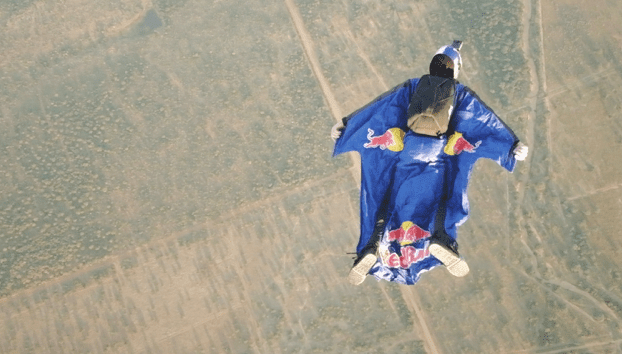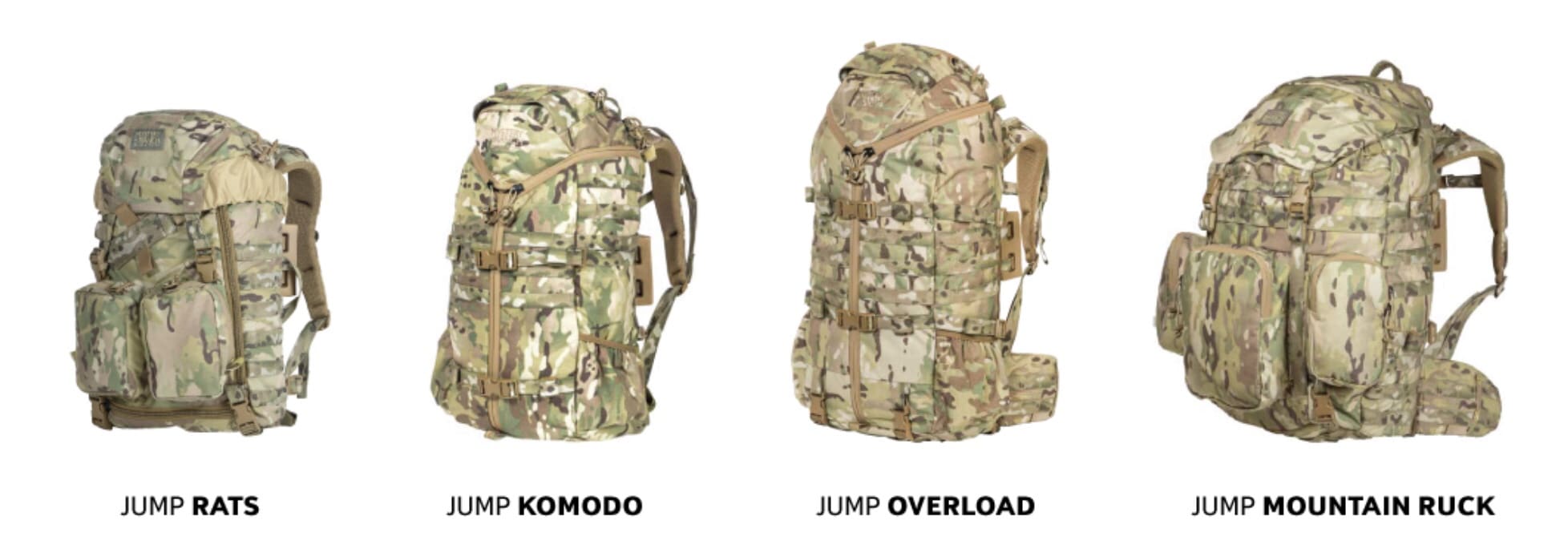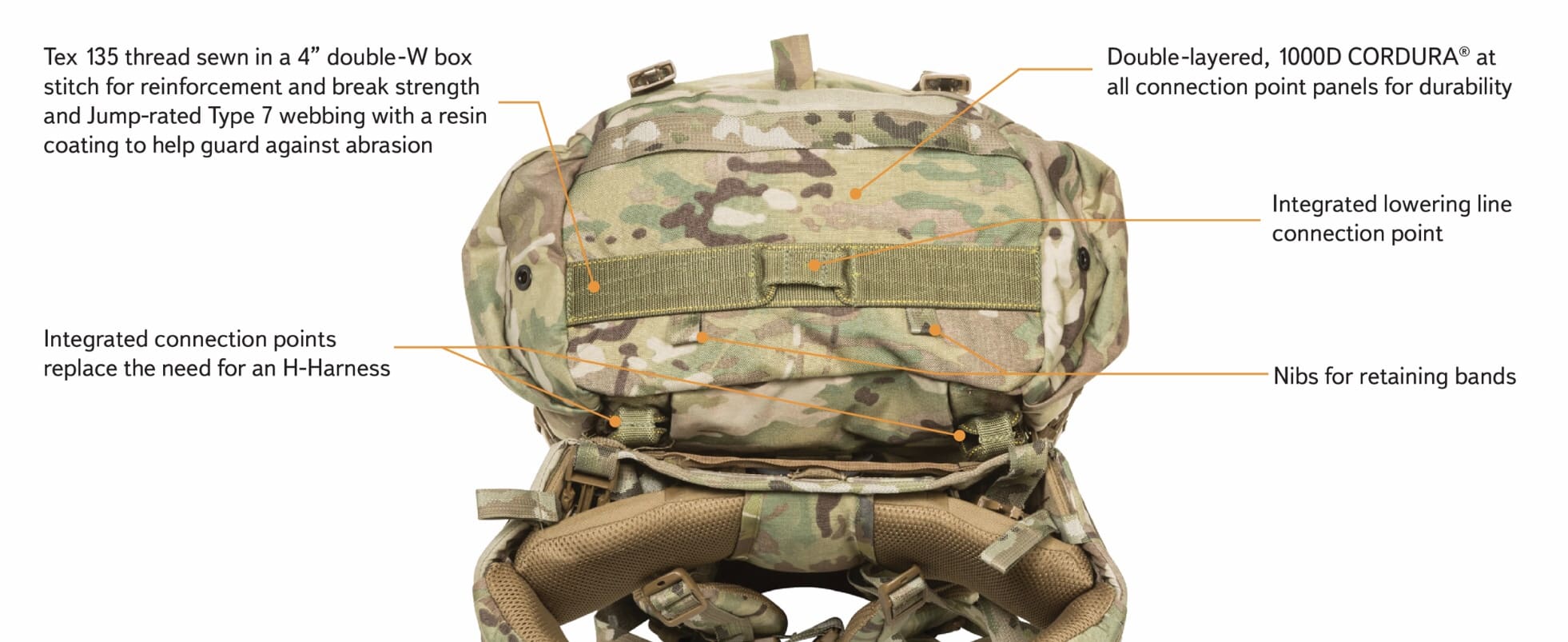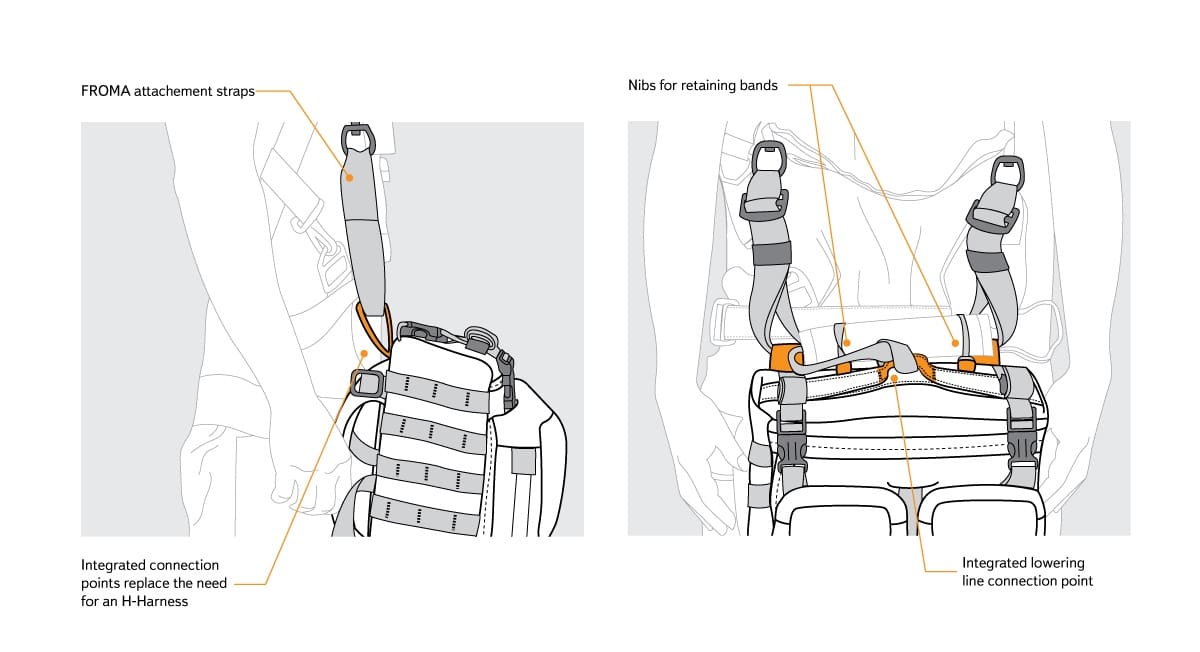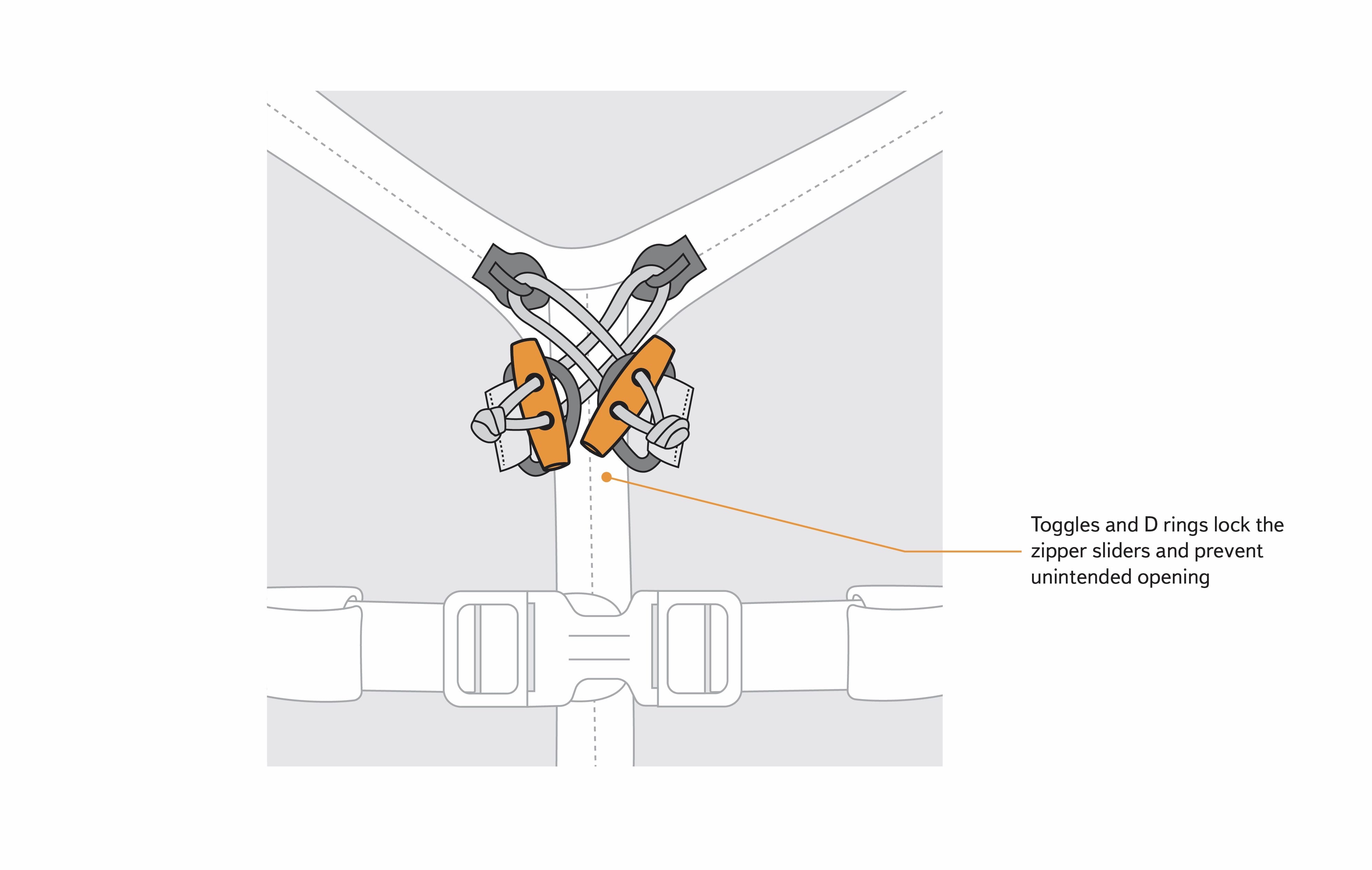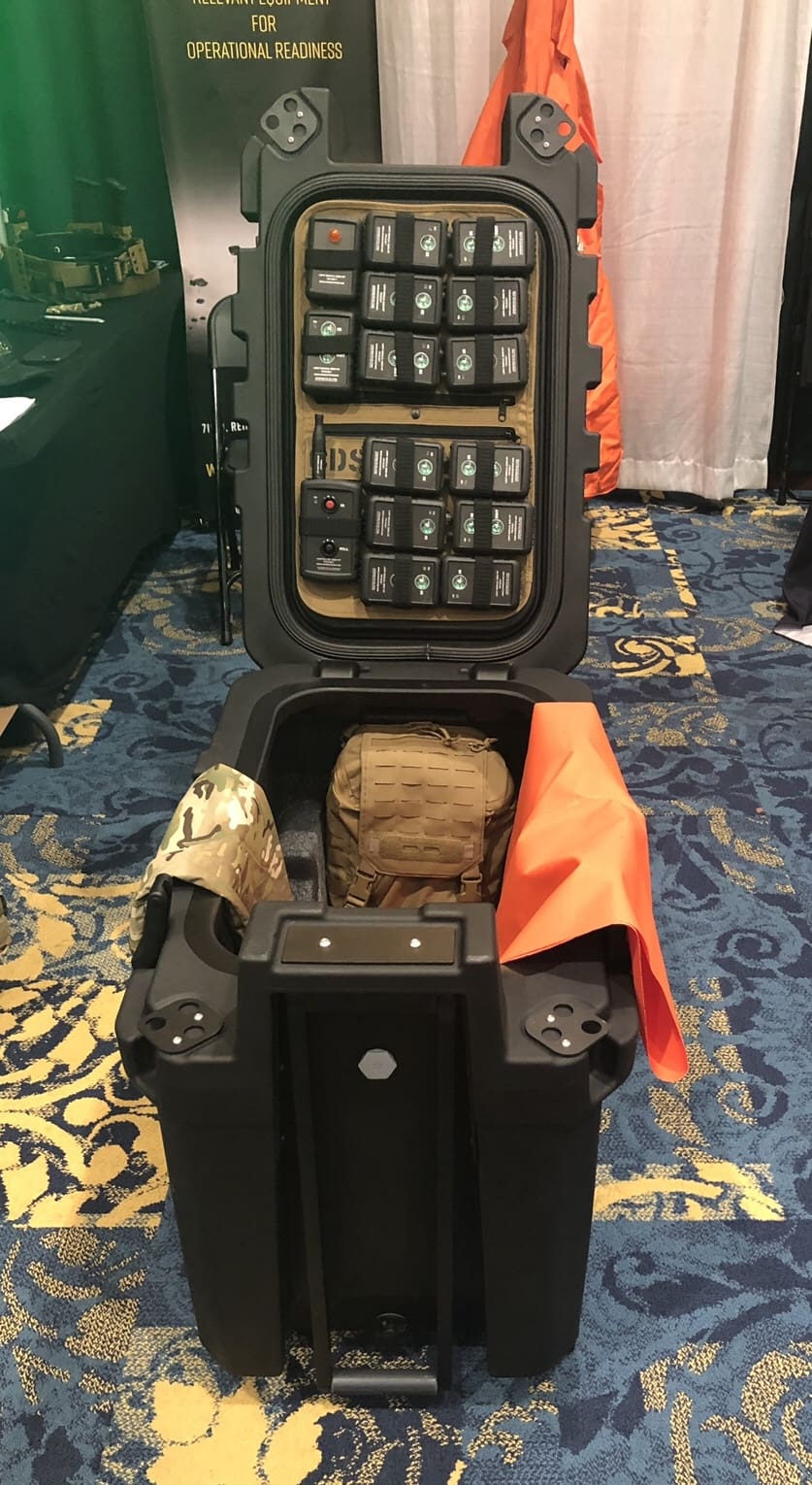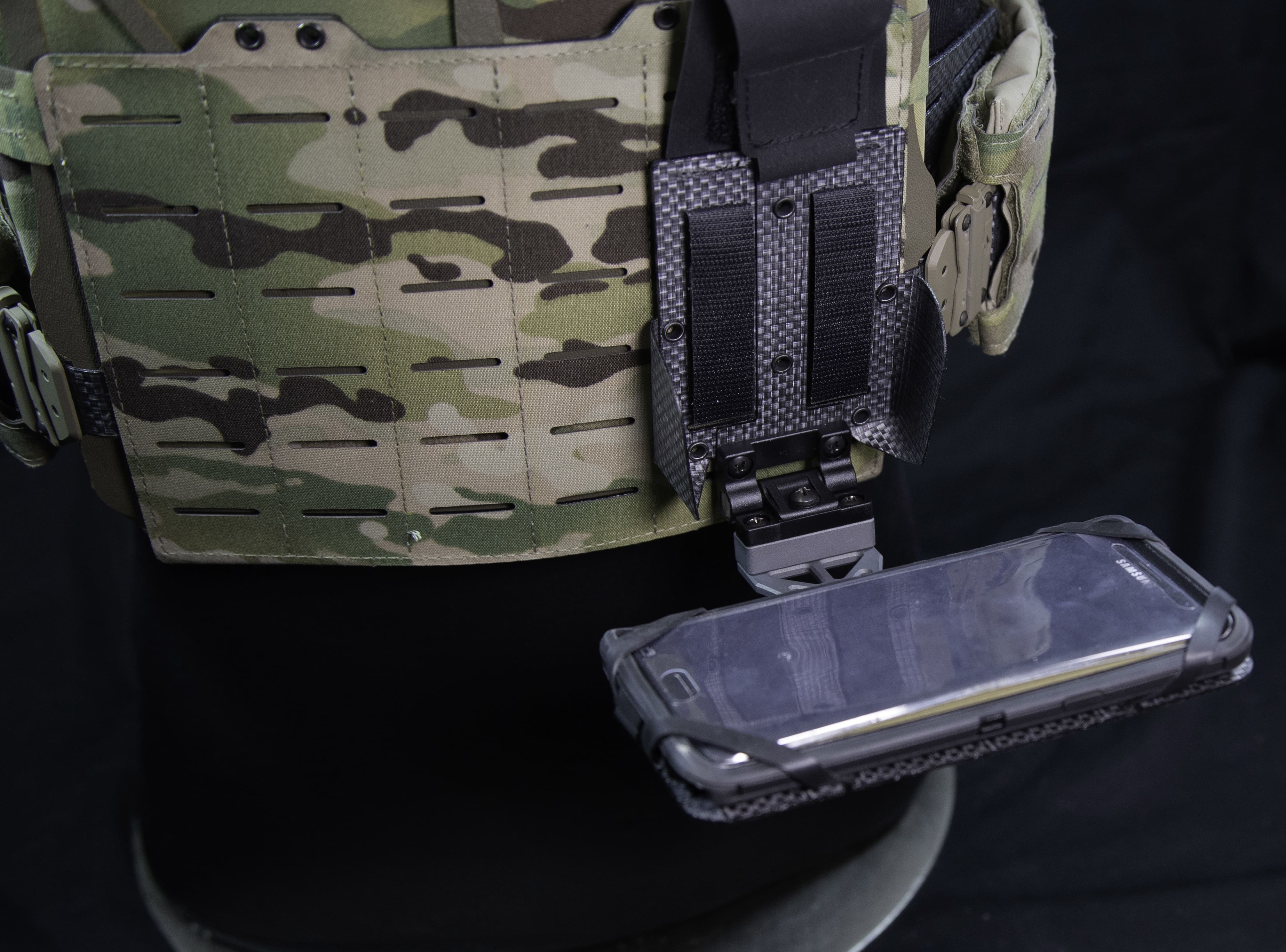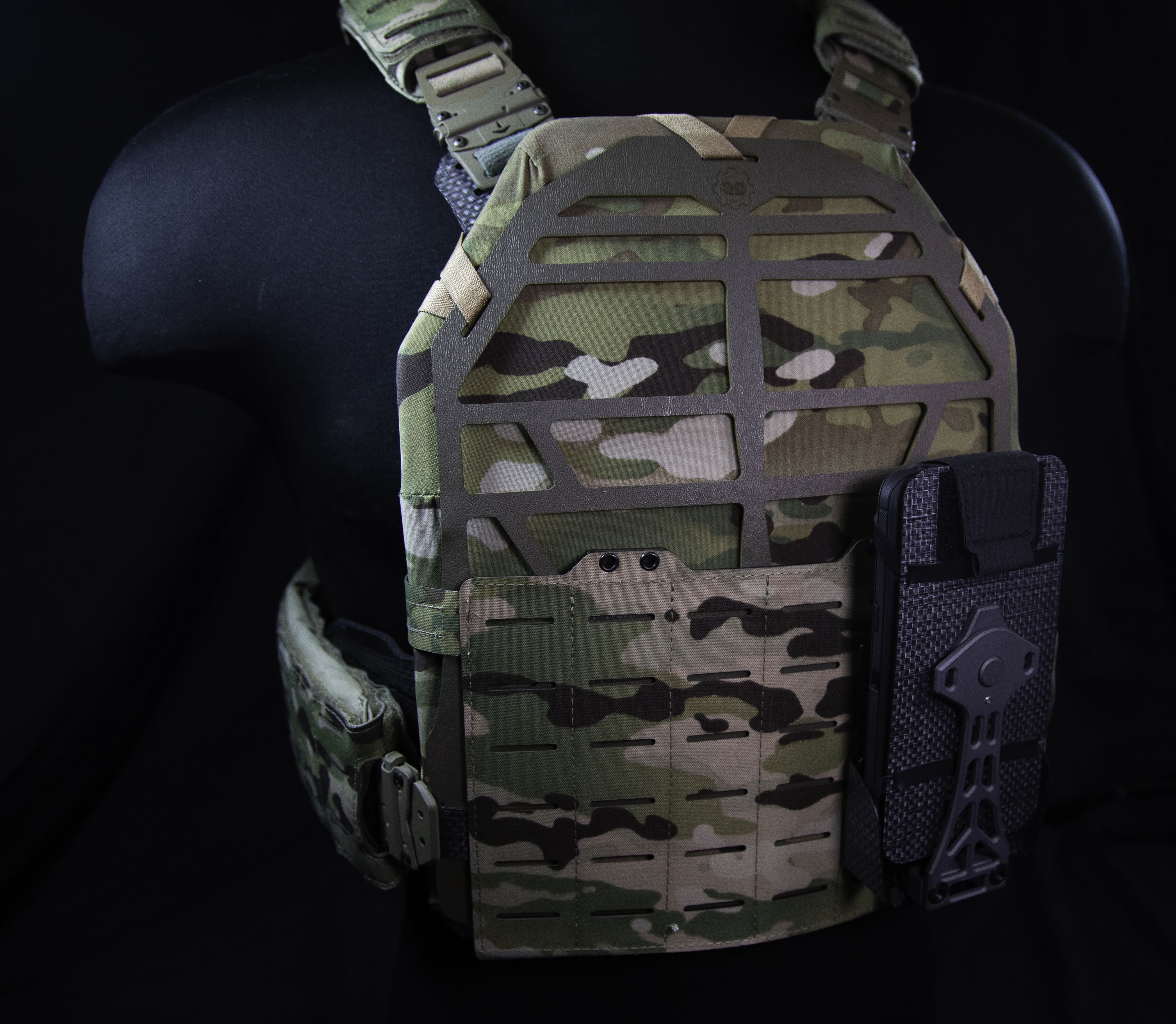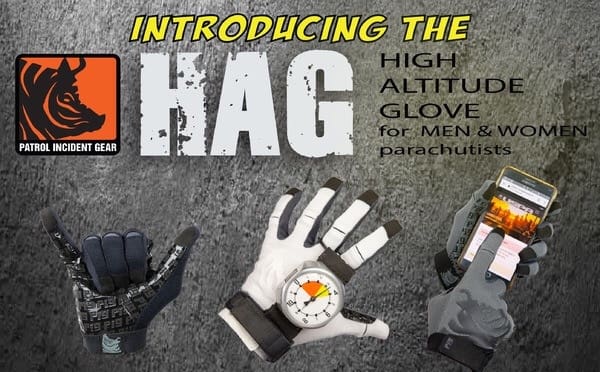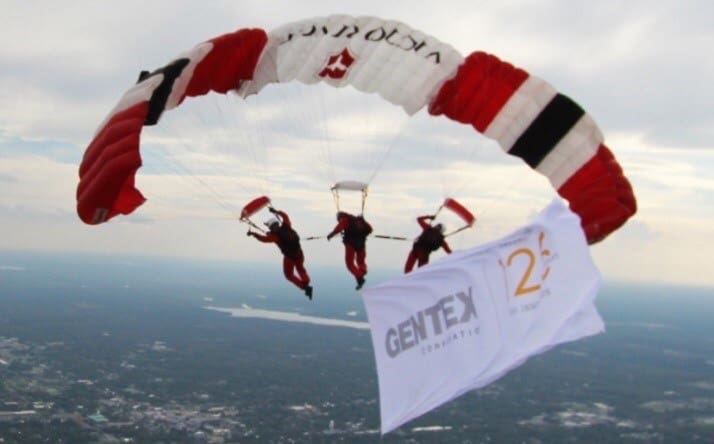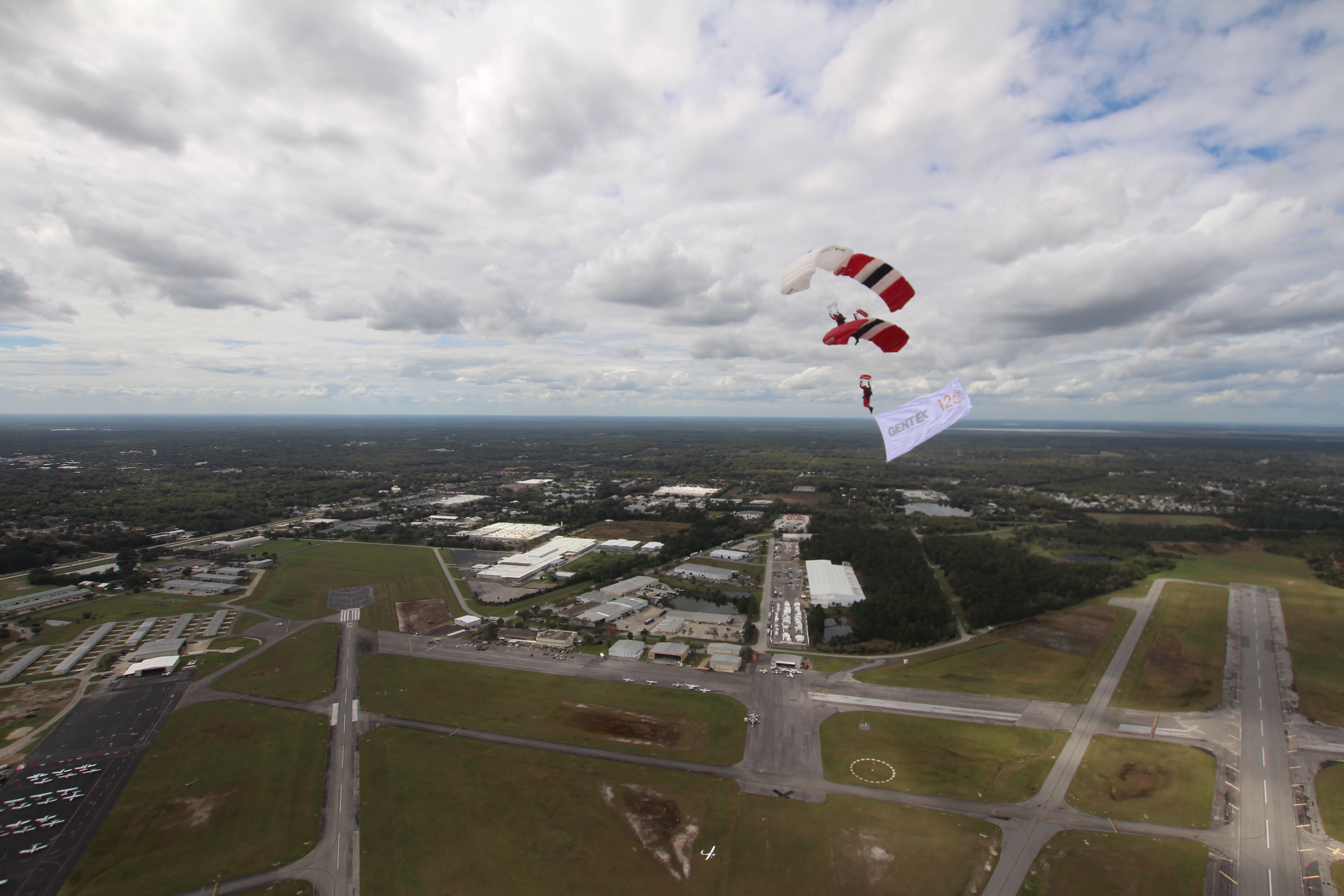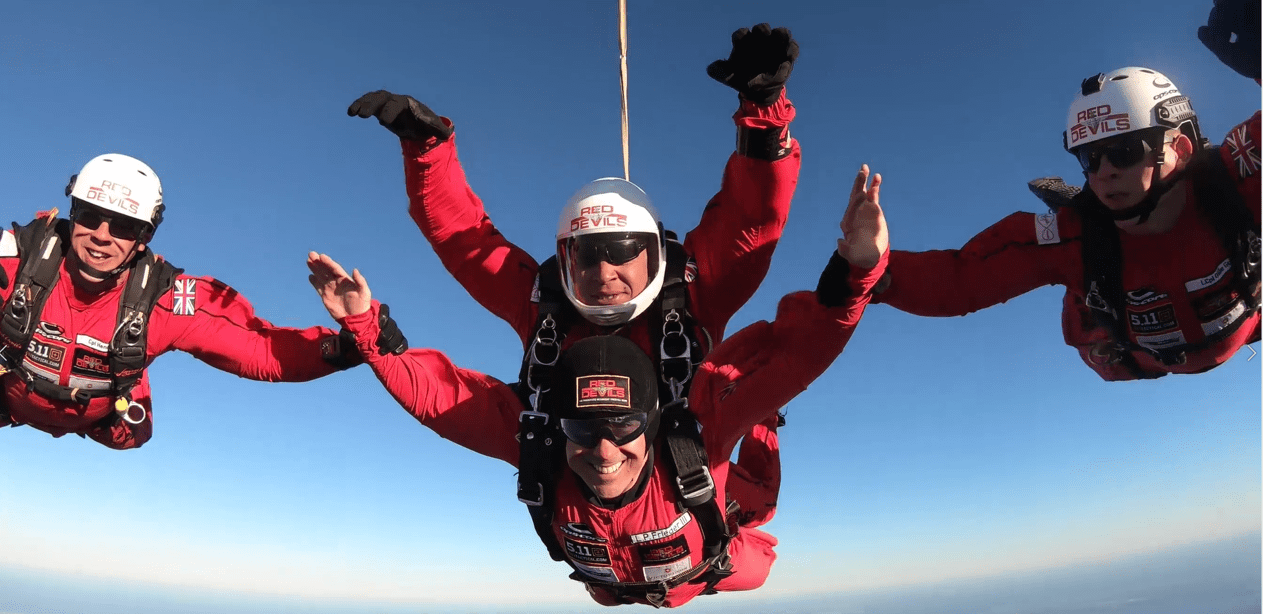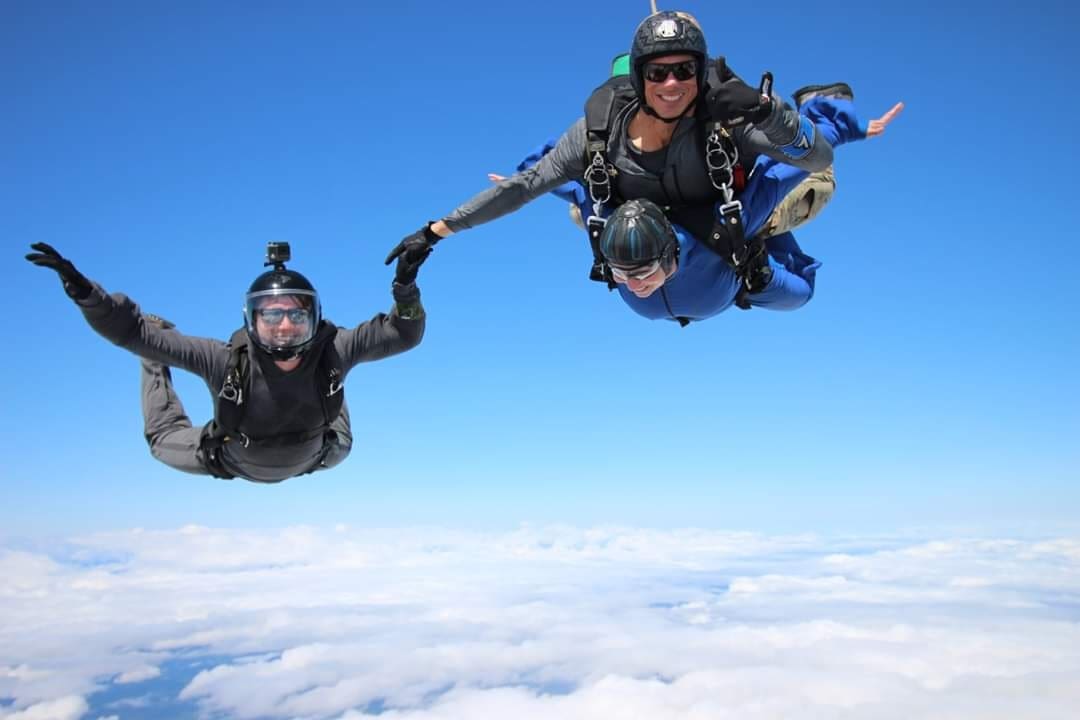
Practicing. Scoti Domeij with Zach Carbo
[Seattle, WA, May 2, 2019]—An elite team of veteran Army Rangers and Green Berets will jump into Normandy from a WWII C-47 aircraft to recognize the 75th Anniversary of D-Day. This historic special operations mission conducted by generations of veterans will honor those who paved the way for elite warriors and those still making the sacrifice, including the late Army Ranger and Sergeant First Class, Kristoffer Domeij. Joining the veterans is Gold Star Mother, Scoti Domeij, Kristoffer’s mother, and Red Bull athletes Andy Farrington and Luke Aikins. The mission will take place between June 1-9, 2019 in alignment with the 75th D-Day invasion activities between England and France.
THE TEAM
Jumpers
Mark Nutsch, Army Green Beret/Ranger – ODA-595 Detachment Commander portrayed in the movie 12 Strong and documentary film Legion of Brothers.
Zach Carbo, Army Ranger – Reece Team Leader in Iraq and Afghanistan.
Matthew ‘Griff’ Griffin, Army Ranger – Fire Support Officer in Iraq and Afghanistan, Combat Flip Flops CEO.
Scoti Domeij, Gold Star Mother – Army Ranger Kristoffer Domeij, writer at Havok Journal.
Air Operations
Art Shaffer, Round Canopy Parachute Team, USA.
Bill Markham, Army veteran – Round Canopy Parachute Team, USA.
Andy Farrington, Red Bull Athlete – World Champion Wingsuit Pilot.
Luke Aikins, Red Bull Athlete – World Record Holder.
Operations
Scott Neil, Army Green Beret – in documentary film Legion of Brothers.
Hubert Acthen, Round Canopy Parachute Team, Europe.
Jim Pearson, Army Green Beret – Tico Belle Pilot.
Production
Devin Graham, Devin SuperTramp
While each military jumper has a connection through service to D-Day, both Red Bull athletes do as well. Cousins Luke Aikins and Andy Farrington’s grandfather, Lieutenant Aikens, was a fighter pilot shot down in Europe. He jumped from his plane to escape capture—and enjoyed the parachute ride down. Years later, he returned to Washington to open Kapowsin Air Sports, introducing his children and grandsons to the sport of parachuting.
The main objectives of this event are a successful tandem jump of Scoti Domeij into Normandy, France; and honoring the OSS spirit and actions within the D-Day 75th Anniversary celebrations in England and France.
A video series of the event will be released through YouTube for Veteran’s Day 2019.
Sponsors
This journey is made possible in part by Team Wendy, SOG Knives, and Smith Optics.
About Scoti Domeij
A Gold Star Mother is one who lost a son or daughter to service of the American Dream. Scoti’s son, Kristoffer Domeij, was a Sgt. First Class and the Army’s first qualified JTAK evaluator. He is the most deployed soldier in American history to be killed in action on his 14th deployment in Afghanistan on October 22, 2011. Scoti not only jumps in memory of her son, but in an effort to capture his spirit and more thoroughly understand the life of a soldier.
Scoti is the owner of BlacksidePublishing.com where she publishes raw, real, transparent books related to the veteran and Gold Star Family communities. She is also a solo-parenting columnist for Colorado Springs Kids, and a writer/editor for HavokJournal.com. Her articles have appeared in such diverse publications as The New York Times, Family Life Today, Southwest Art, and Focus on the Family magazine. She has authored, co-authored, and contributed to multiple books, including the Violence of Action: The Untold Stories of the 75th Ranger Regiment in the War on Terror.
About Combat Flip Flops
Combat Flip Flops is a veteran-owned small business that manufactures products in conflict and post-conflict areas. Empowering the mindful consumer to manufacture peace through trade, Combat Flip Flops’ profits have funded the education of over 600 Afghan girls and the clearance of over 10,000 square meters of landmines in Laos. In 2018, Griff was recognized by Real Leaders magazine as one of the world’s top 100 Global Visionaries and by HillVets100 as one of the 100 most influential veterans in America. In 2016, Puget Sound Business Journal named him one of their 40 under 40 business leaders. Griff is the co-author of the business and leadership book, Steps Ascending: Rise of the Unarmed Forces.



